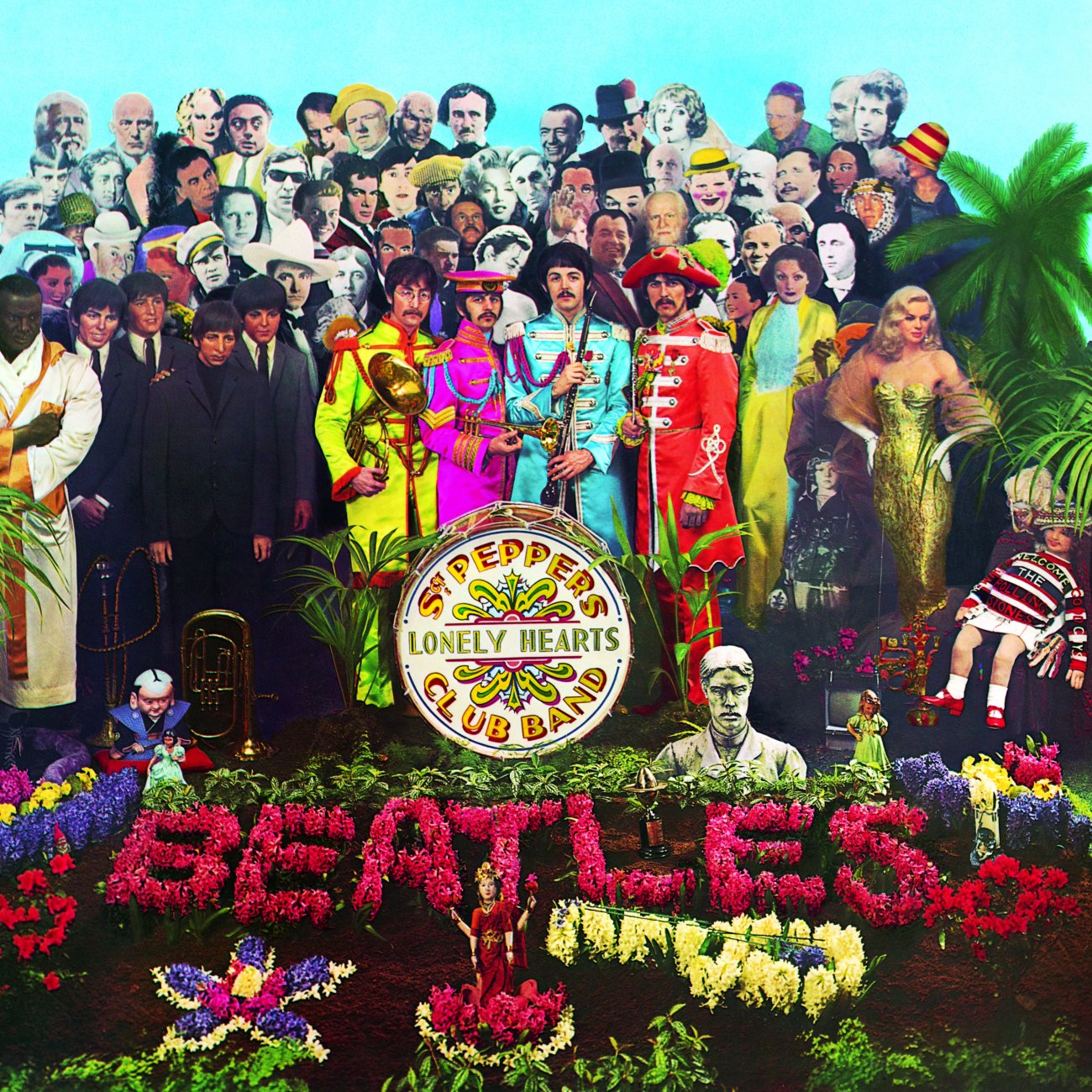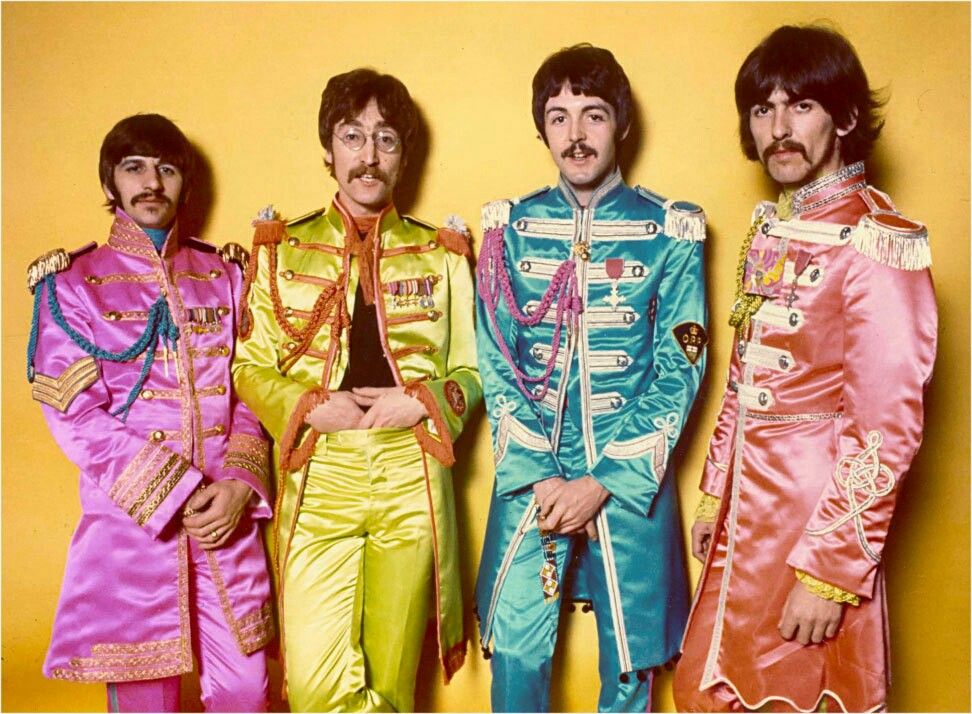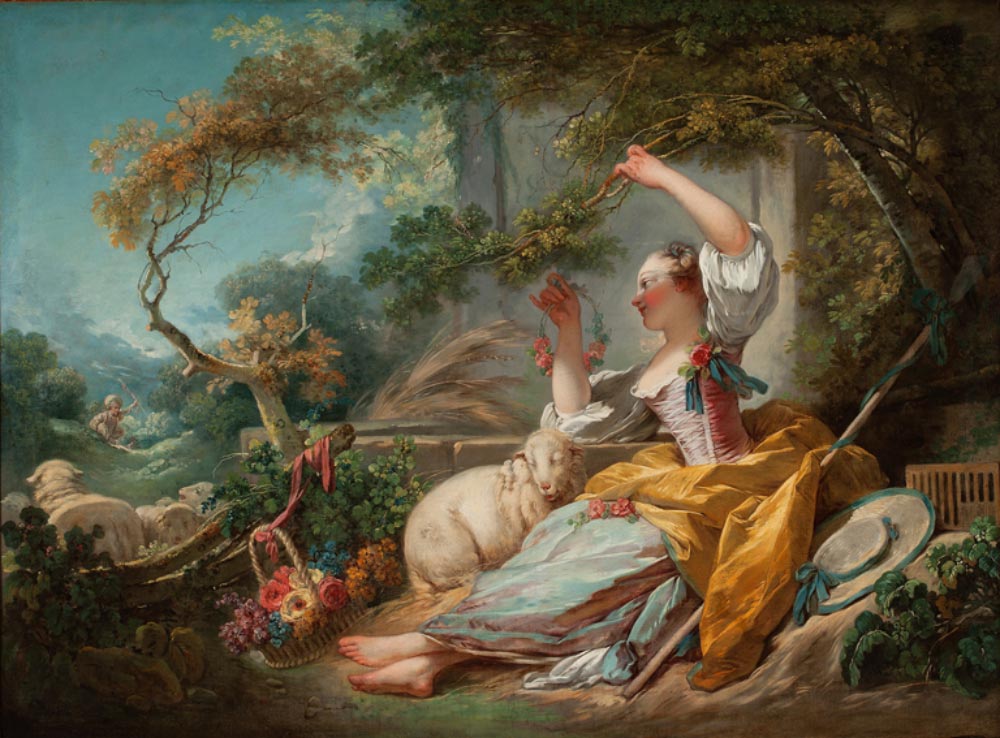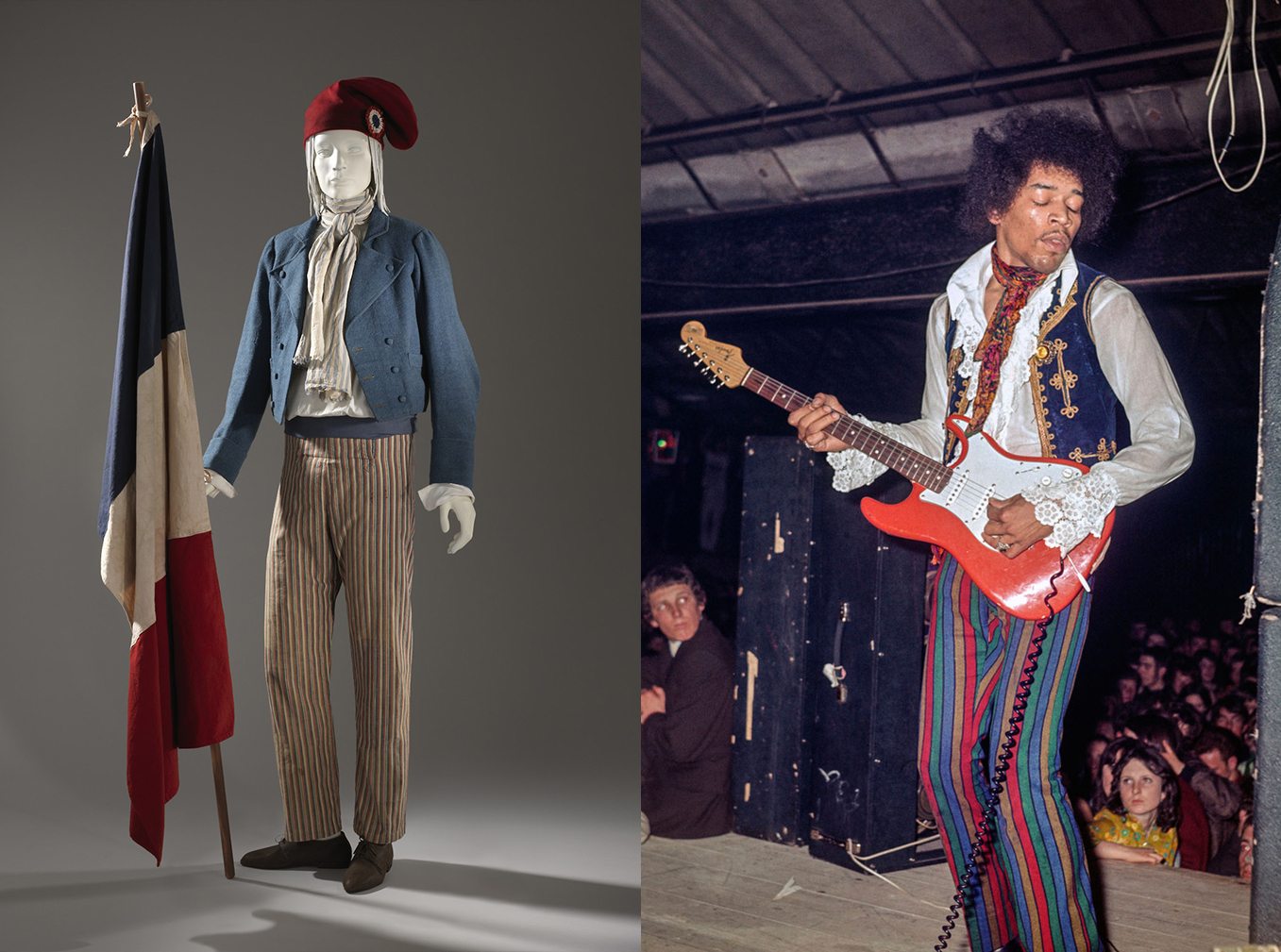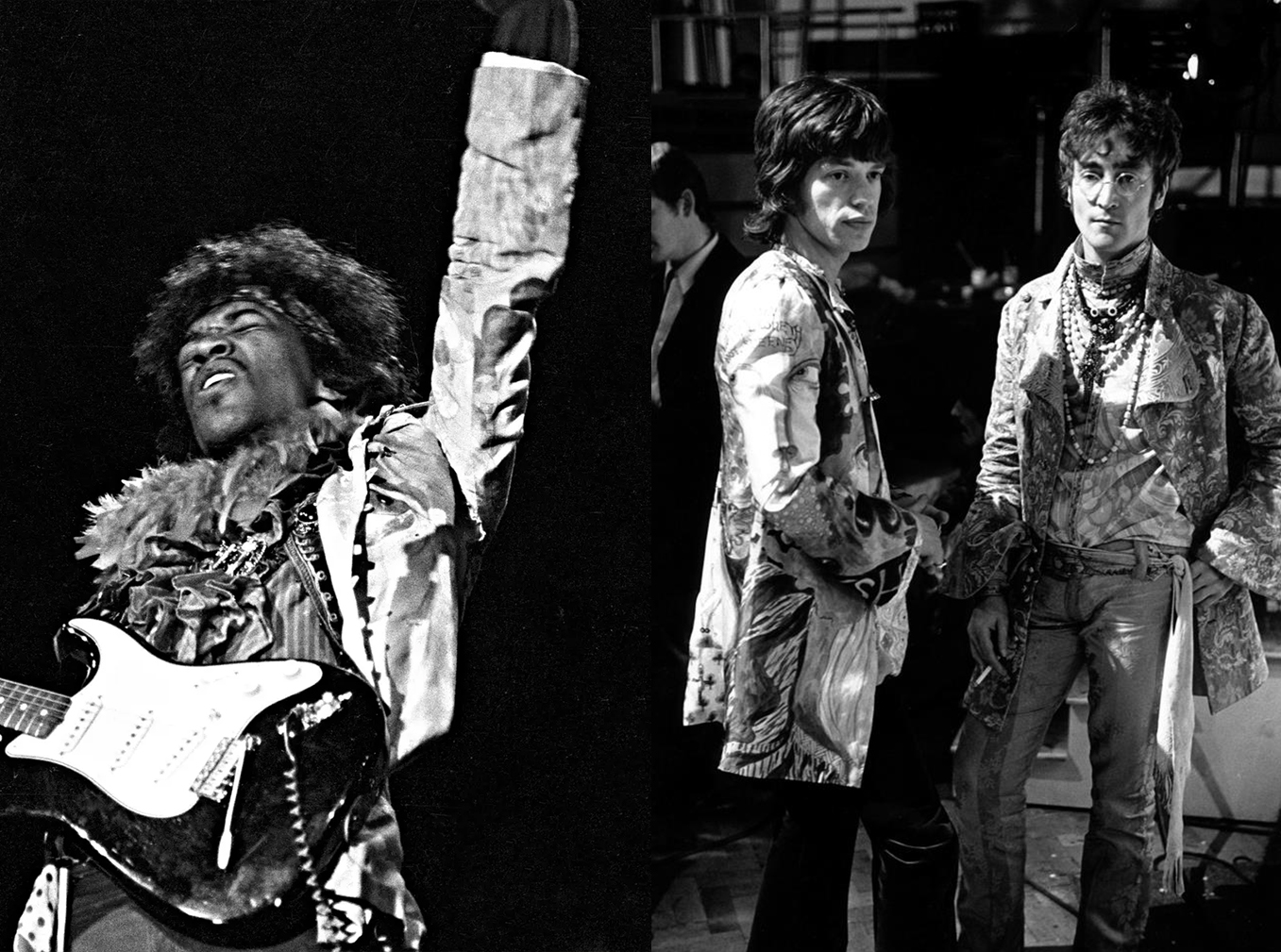
by Victoria Lucas
Well, we’re here! Months have gone by, I know, since my last report to this newsletter about my usual shenanigans, damped last time by my mother’s death but buoyed by anticipating the journey my sweetie Mel and I just finished to New York City.
To me, NYC is “The” City, the literary and musical and cultural center on the East Coast that outshines even “The City” where Mel and I met and where I had lived for a few years, San Francisco. I salivated at the thought of working at a publishing house, going to concerts of new experimental music, and getting involved in the protests here against the Vietnam War.

Route 66
It was exciting, too, because I had never been east of Arizona, or indeed visited any other state except California, or any foreign country except Mexico. Now Mel and I are living in New York City and planning – in a year or two – to travel to Europe. On our way here we spent many hours on Route 66, and yes, and there were some “kicks,” such as going through the Petrified Forest, and eating at diners along the way, but Mel is the one who likes to drive. He will drive just about anywhere just to check it out. In this case there was a lot of the US to check out: from coast to coast.
To avoid getting lost, we visited our local AAA office and consulted with them about the best way to get to New York from our apartment in North Beach. After some deliberation, we asked for a TripTik that took us to Route 66 at Barstow via 101, 152, and 99. From there to Oklahoma City, our little spiral-bound book said, we could experience the historic highway, but the last leg to Chicago seemed a waste of time since we had no business there, so we dropped off 66 at OK City and followed 40 till we could pick up Highway 81 just east of Knoxville. Mel had never been in the south, so it was an adventure for both of us.
Aliens among them
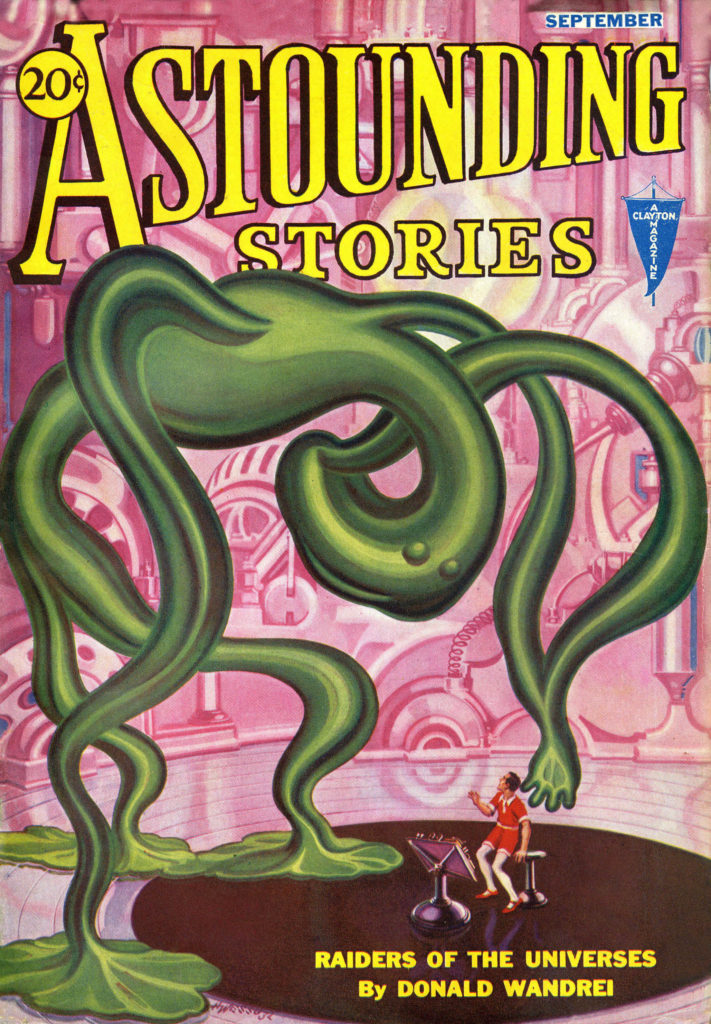
Not that kind of alien.
Just a little anecdote about how alien it was to be in the south, even though we are both white and didn’t have to worry about where to sleep or eat as we tooled along in our green and white VW bus – nothing bad, just alien. We pulled into the parking lot of a hamburger joint – maybe somewhere in Tennessee (it’s all starting to melt together in the summer heat). It was evening and we were looking for a motel to spend the night, since our expenses were being paid by Mel’s company for whom he is now working (with a promotion) in NYC. We both ordered hamburgers. There were few condiments on the table, including salt and vinegar, but no ketchup or mustard. When the burgers arrived, we asked for ketchup.
The waitress looked at us as if we had just walked through a wall. “Ketchup?” she repeated, as if even the word were foreign to her. (Did she want it spelled “catsup”?) Yes, we reiterated that we wanted ketchup. She left and returned with a bottle of the red stuff. We were almost the only people in the place since it was after dinner time, and we heard a lot of giggling of the staff behind the counter. Mel and I looked at each other. In what corner of the world did we find ourselves that ketchup was an unknown and ridiculous accompaniment to a hamburger? This one, evidently.
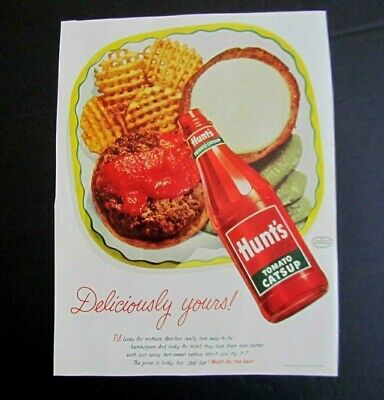
Ketchup! (or is it Catsup!)
New York City turns out to be alien too, even though there are concerts (YES!), and we have joined something called LEMPA (Lower Eastside Mobilization for Peace Action–spelling out “lamp” in Spanish) to protest The (Vietnam) War. The streets here in the Lower East Side where we found an apartment (we are saving for Europe) are full of trash, and parking is problematic because any car left on the street overnight is lacking something in the morning that it had had only the night before. Including our van. Watching the van out the window isn’t helpful, because what would we do if we saw someone stealing something? We hear screams at all hours of the day and night. We do not see any police near our apartment. We are looking for a place where we can park and leave the van without its being dismantled like other cars we see on the street, and that won’t be too expensive. Think want ads. Think New Jersey.
The first thing we did after getting Mel to work, finding a place to stay, and moving in, was visit our friends' pad and their business. They share an apartment as a little commune, and on opening the outer door a waft of patchouli incense, dog, and whatever they're cooking caressed our nostrils, with just a hint of grass (shhhh, don't tell anyone about the marijuana) not covered by the other odors, even the incense sticks.
The dog is a St. Bernard puppy. Ideal for a teensy New York City apartment, right? With the dog in the room and more than a couple of people, even in the living room, it's hard to maneuver around it. Its paws are huge for its size, indicating that it's going to be a much bigger adult. They are paper-training it, and it's a very congenial dog. They have that going for them. And they know the "Mamas and the Papas" and have a business relationship with them of a sort I'm not prepared to disclose.

That is a puppy?!?
Their legitimate business, The Bead Game, used to be a pharmacy. There are hundreds of little drawers lining the walls that – up to the day they occupied it after acquiring it – still held herbs and drugs. Now the drawers hold beads of every shape and variety imaginable. Of course I had to buy some. Everybody needs beads, yes?

Sgt. Pepper & friends
And everybody needs Sgt. Pepper's Lonely Hearts Club Band. Ask me how much I love it and whether we brought our record player! I don't know why I love such a peculiar eclectic mix: I don't like Dixieland, blues, soul, gospel, or most popular music, but I love John Cage, The Beatles, Morton Subotnik, Pauline Oliveros, Van Morrison, Jefferson Airplane, The Mamas and the Papas, Jimi Hendrix, The Doors, Moody Blues, and a bunch of other, less popular bands. Why? Who knows!
New York The Movie
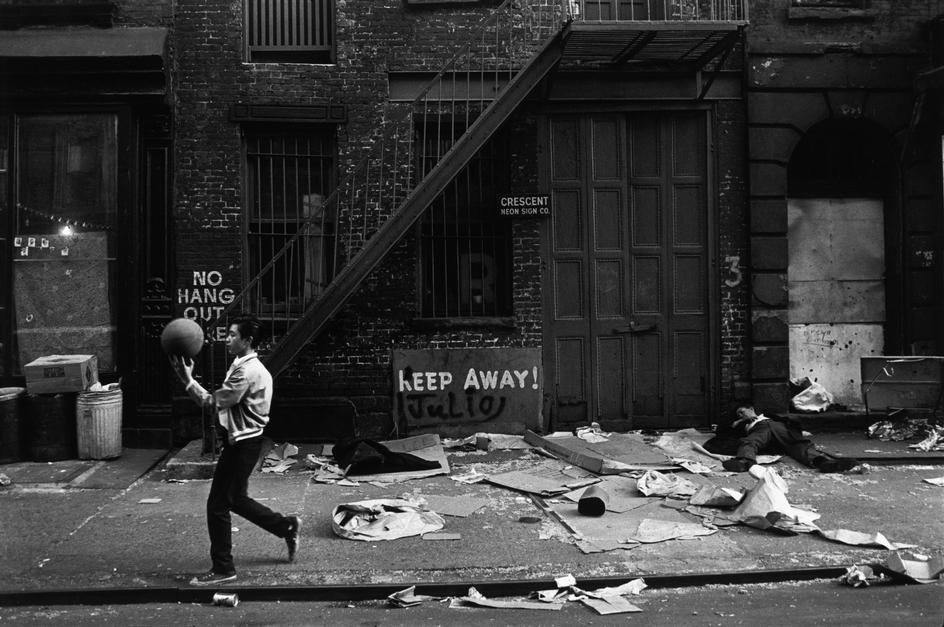
A few blocks from our apartment
When Mel's not working, we're not home listening to music and cooking, visiting friends, etc., we go for walks, sometimes with our friends, sometimes without. We learned not to take notice of the people living in cardboard boxes, the shit on the sidewalk, and to laugh at the evidence of what we started calling "The Mad Pisser." You see, we would get to a corner and there would be a puddle of urine there. We would look around the corner, into the street, back in the direction from which we came–and see no one. No dogs. No humans. Whodunnit!?
But in general there are so many people: people with signs, people without signs, people with and without dogs, adults with children, children without adults. We learned to look at it all as if it were a movie set. This isn't real–not the people living in boxes, not the small gang of children running down the sidewalk and tugging on my purse strap (just in case I was holding it lightly), not the man with dark skin sitting on a park bench as if it were his home porch swing and addressing us as "dude."
Be cool till next time
Stay tuned for the further adventures of Mel & Vicki as we cruise the streets of the Lower East Side evenings and weekends, shower frequently, use pounds of Gold Bond powder to keep the sweat from soaking our clothes, and get together with friends and friends of friends to (smoke dope and . . . ) –oh! I didn’t say that, did I? Not aloud. Not in print! (Speaking of print, we read the East Village Other and the street handouts from somebody’s mimeograph.)
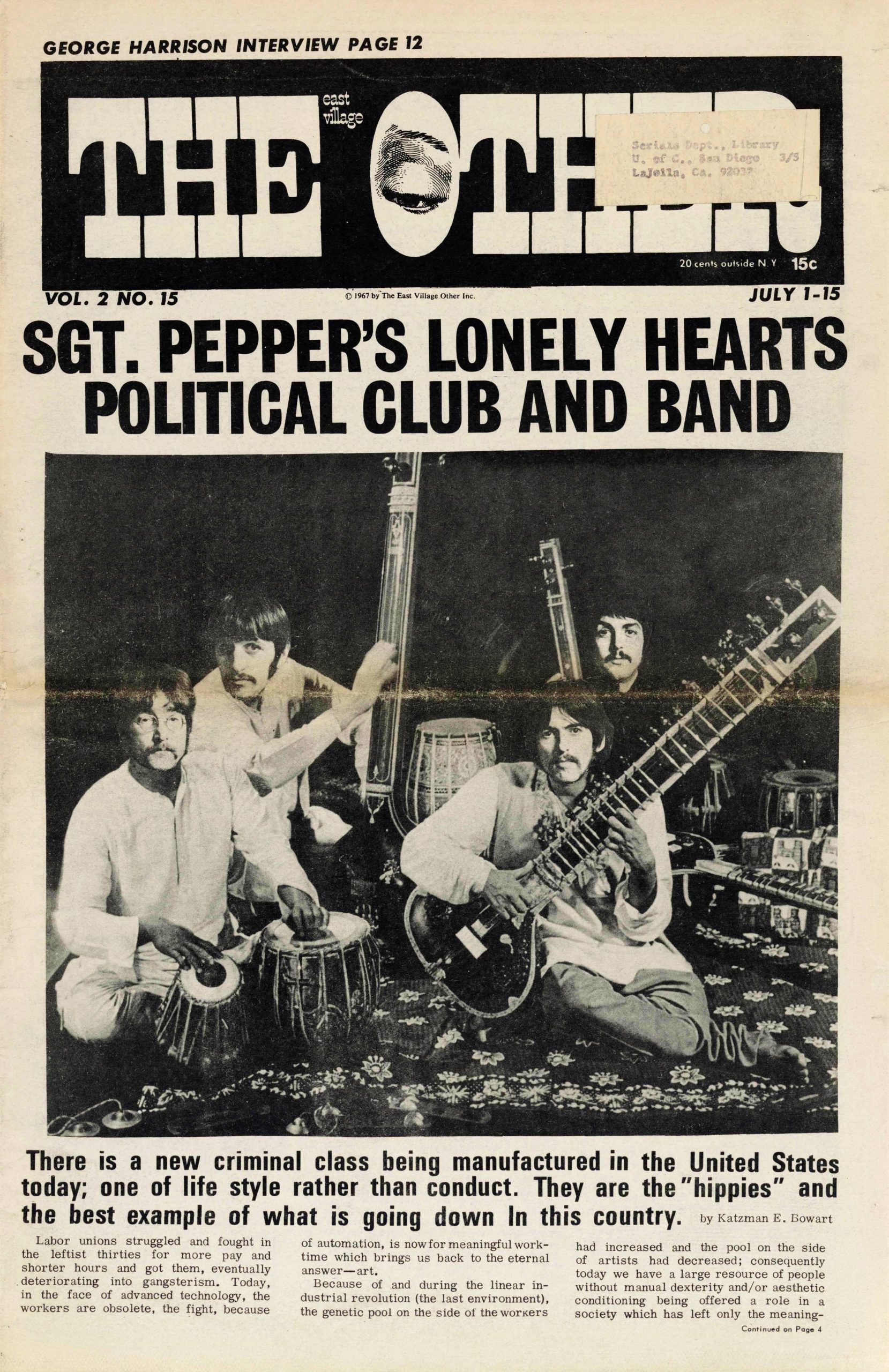
The East Village Other newspaper
And of course I need a job. Wish me luck!


![[June 18, 1967] Sgt. Pepper's Anti-War Military Rock Uniform](https://galacticjourney.org/wp-content/uploads/2022/06/5459197-HUTPCWVK-7-672x372.jpg)

